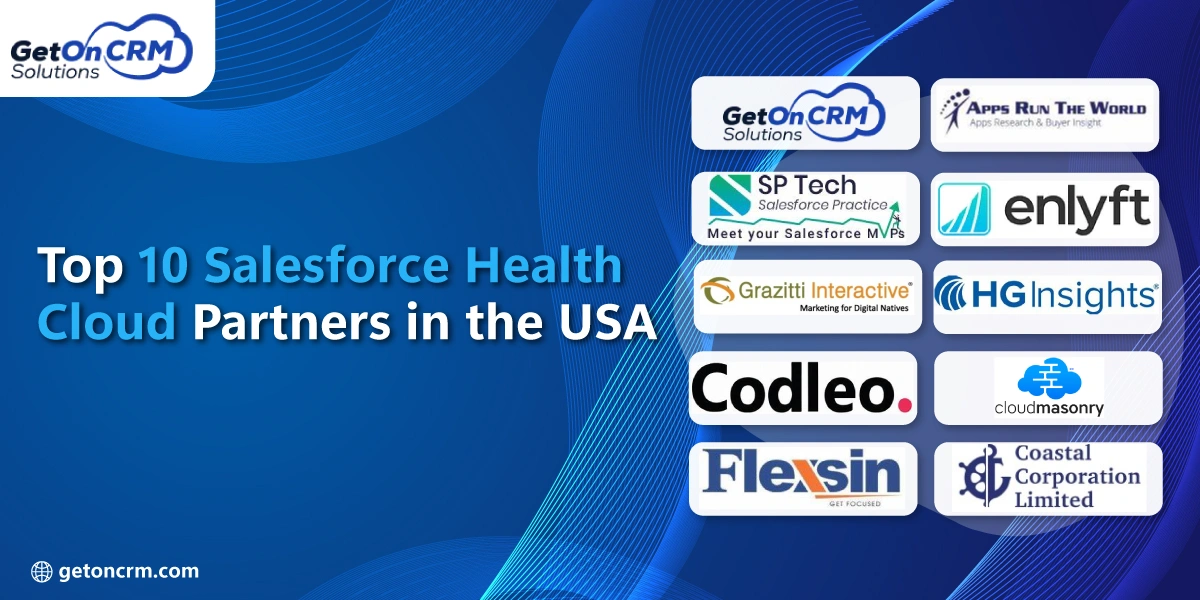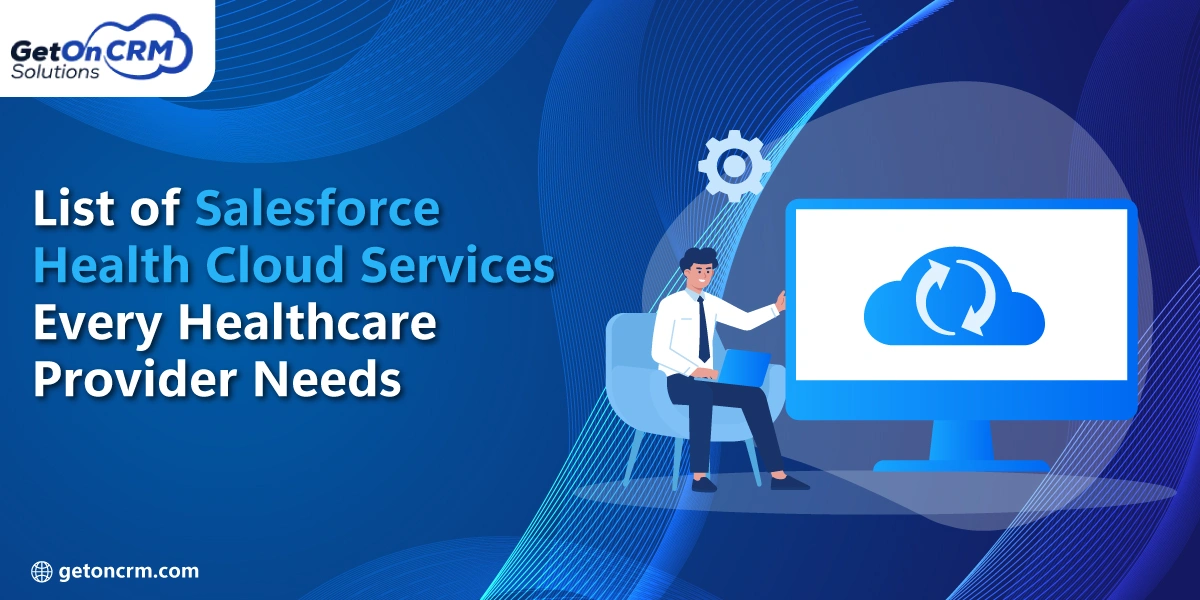Customer Data Platforms (CDPs) are transforming various industries by enabling comprehensive data integration and real-time customer insights, with significant applications in sectors like healthcare. CDPs are improving patient care, operational efficiency, and individualized treatment plans by centralizing patient data and utilizing advanced analytics. This blog focuses on the complex impact of CDPs on healthcare experiences, focusing on their technical implementation, benefits, problems, and potential developments.
Overview of Customer Data Platforms in Healthcare
The Customer Data Platform (CDP) is a software solution that gathers and combines data from several sources to create a single, holistic customer (or patient) profile. In healthcare, CDPs gather data from EHRs, test results, wearable devices, appointment scheduling, and other information systems. The main objective is to improve patient satisfaction and results through data-driven insights and personalized care.
CDPs give the ability to discover priceless insights and opportunities to improve patient care, optimize processes, and produce better results for payers and providers. They make a unified, reliable representation of member or patient records that can be distributed throughout the company. Using this customer profile as a guide, customer service, sales, and marketing departments may collaborate to provide meaningful, tailored experiences for patients throughout the healthcare spectrum.
Technical Architecture Analysis of CDPs in Healthcare
Integration of Data
- Data Sources: EHRs, Patient Management Systems (PMS), Laboratory Information Systems (LIS), Radiology Information Systems (RIS), wearable devices, and patient portals.
- ETL Processes: Extract, Transform, and Load (ETL) processes are critical for aggregating data. These processes handle data cleansing, normalization, and transformation to ensure consistency and accuracy.
- APIs and Connectors: APIs and pre-built connectors facilitate seamless data integration from various healthcare applications and devices.
Data Storage
- Data Warehouses: Centralized repositories store structured data, making it accessible for querying and analysis.
- Data Lakes: Used for storing large volumes of unstructured or semi-structured data, such as clinical notes and medical images.
Processing and Analytics
- Real-time Analytics: Real-time processing engines, such as Apache Kafka and Spark, support instant data analysis and decision-making.
- Machine Learning: ML algorithms analyze historical data to predict patient outcomes, identify trends, and recommend personalized treatments.
Data Security and Compliance
- HIPAA Compliance: Ensures that patient data is handled in accordance with the Health Insurance Portability and Accountability Act (HIPAA) rules.
- Data Encryption: Secures data in transit and at rest using advanced encryption techniques.
- Access Controls: Role-based access controls (RBAC) restrict data access to authorized personnel only.
Advanced-Data Processing and Management Techniques in Healthcare CDPs
Efficiently processing and managing vast amounts of diverse data is crucial for the effective functioning of Customer Data Platforms (CDPs) in healthcare. Streaming data ingestion enables real-time data processing from sources like EHRs, wearables, and IoT sensors. That is coupled with event stream processing for immediate analysis and response.
Data normalization and transformation ensure consistency and interoperability, facilitated by advanced Extract, Transform, Load (ETL) pipelines. High-performance storage solutions use data warehouses and lakes, with columnar storage formats enhancing query performance.
Advanced analytics and machine learning enrich data insights, including predictive modeling and AI. Data quality and integrity are maintained through automated checks and blockchain technology, enhancing security and trust. These techniques enable CDPs to handle diverse data sources effectively, delivering actionable insights and improving patient care and operational efficiency.
Healthcare CDPs can effectively handle the complexity of diverse data sources through such advanced data processing and management techniques.
Multifaceted Benefits of CDPs in Healthcare Systems
Enhanced Patient Experience
- Personalized Care: CDPs enable personalized treatment plans by analyzing patient history, preferences, and behaviors.
- Improved Communication: Unified patient profiles allow healthcare providers to communicate more effectively and consistently across touchpoints.
Efficiency in Operations
- Streamlined Workflows: Automated data integration and processing reduce administrative burdens and streamline clinical workflows.
- Resource Optimization: Predictive analytics help optimize resource allocation, such as staffing and equipment usage.
Advanced Analytics and Insights
- Predictive Analytics: Predict patient health risks and proactively manage chronic conditions.
- Population Health Management: Identify at-risk populations and implement targeted interventions to improve overall community health.
Interoperability
- Seamless Data Exchange: Facilitates interoperability between disparate healthcare systems, ensuring patient data is accessible across the care continuum.
- Standardized Data Formats: Adopting standards like HL7 and FHIR ensures consistent data exchange and integration.
Advanced Developments in Healthcare Customer Data Platforms
AI and Machine Learning Advancements
- Precision Medicine: Precision medicine involves customized treatments that fit the unique characteristics of each patient. CDPs can use AI to examine diverse data sources, including genetic information, environmental factors, and lifestyle patterns.
- Genetic Data Analysis: Artificial intelligence systems can analyze genomic data to find genetic markers associated with specific diseases or disorders. It permits the creation of more effective treatment programs for each patient.
- Environmental and Lifestyle Data: AI can also integrate data from patients’ environments (e.g., pollution levels, living conditions) and lifestyles (e.g., diet and exercise habits) to provide a comprehensive understanding of factors influencing health. This holistic approach allows for more precise risk assessments and tailored interventions.
- Automated Diagnostics: AI-powered diagnostics and systems for decision support improve the accuracy and efficiency of medical decision-making.
- Diagnostic Algorithms: Machine learning models trained on vast datasets of medical records, imaging studies, and lab results can identify patterns and anomalies indicative of various medical conditions. These models can assist healthcare providers by suggesting potential diagnoses that might not be immediately apparent.
- Decision Support Systems: AI can make real-time recommendations for treatment alternatives based on the most recent medical research and individual patient information. These solutions enable physicians to make informed judgments fast, lowering the risk of human error and increasing patient outcomes.
Integration with IoT
- Wearable devices: Wearable items like smartwatches and fitness trackers are increasingly essential instruments for ongoing health monitoring. When combined with CDPs, these devices collect and process real-time data.
- Real-time Health Monitoring: Wearable devices can monitor vital signs such as heart rate, blood pressure, and oxygen levels. This real-time data is sent to CDPs and analyzed to discover early indicators of health problems, allowing for timely interventions.
- Patient Engagement: By offering patients insights into their health data, wearables encourage proactive health management and increased patient involvement in their care.
- Smart Hospitals: IoT-enabled gadgets and sensors play an essential role in upgrading hospital operations and improving patient care.
- Operational Efficiency: Smart hospitals use Internet of Things (IoT) devices to monitor and manage hospital resources like beds, equipment, and supplies. This information aids in resource allocation, decreasing wait times and enhancing overall productivity.
- Patient Assistance: The sensor can track patient actions, physical symptoms, and ambient variables (such as ambient temperature and lighting) to create a safe and inviting environment. If suspicious patterns are observed, alerts that require rapid attention can be produced.
Blockchain Technology
Data Security: Blockchain technology provides a strong framework for securing and maintaining patient data integrity.
- Immutable Records: Blockchain generates a decentralized ledger in which each entry is cryptographically interlinked to the preceding one, making it nearly impossible to change records without notice. It ensures that patient data is secure and tamper-proof.
- Access Control: Blockchain technology can enable granular access control, guaranteeing that only authorized personnel have access to specific data. That protects patient privacy while meeting regulatory standards.
Transparent Data Sharing: Blockchain facilitates transparent and secure data sharing between healthcare providers and patients.
- Data Traceability: Every access or modification to patient data is recorded on the blockchain, creating a clear audit trail. This transparency builds trust among patients and healthcare providers.
- Interoperability: Blockchain’s standardized protocols can improve interoperability between different healthcare systems, allowing for seamless data exchange and collaboration.
Remote monitoring: CDPs provide advanced remote patient monitoring and virtual consultations via integrated telehealth technologies.
- Continuous Monitoring: Remote monitoring devices capture health data from patients at home and send it to CDPs for real-time analysis. It enables healthcare providers to continuously monitor patients’ health state and intervene early if needed.
- Virtual Consultations: Telehealth platforms integrated with CDPs provide a seamless experience for virtual consultations. Healthcare providers can access comprehensive patient profiles during the consultation, ensuring informed and effective care.
By adopting these developments, CDPs not only improve the effectiveness and viability of healthcare delivery but also pave the way for a more individualized and patient-centered approach to medicine.
Shaping the Future of Healthcare with CDPs
CDPs are transforming healthcare by enabling personalized, efficient care systems through the integration of advanced technologies like AI, IoT, and blockchain. By centralizing patient data, these platforms enhance diagnostic accuracy, enable proactive health management, and ensure data-driven, real-time decisions that improve patient outcomes. As healthcare increasingly centers around the patient experience, CDPs foster a more agile, patient-centric environment, optimizing clinical decisions and extending care through innovative remote monitoring and virtual consultations.
Transforming Healthcare: Real-Life CDP Success Stories
Customer Data Platforms are making significant strides in healthcare by facilitating advanced data-driven strategies. For example, the Miami Cancer Institute utilized an AI-driven model within its CDP system to refine the accuracy of mammogram analyses. That led to a 10% improvement in the positive predictive value for detecting breast malignancies, which means a better prognosis and early treatment for patients.
Another notable example is from the University of North Carolina Lineberger Cancer Center, where AI-generated treatment recommendations were in line with oncologists’ decisions in over 95% of cases, thus ensuring that patients receive highly reliable and precise treatment plans. These success stories highlight the critical role of CDPs in enhancing diagnostic accuracy and optimizing treatment protocols, dramatically improving patient outcomes and healthcare efficiency. For an in-depth look at how Salesforce has enabled better patient services in a real-world healthcare setting, read our customer success story.
The Role of GetOnCRM in Enhancing Healthcare through CDP
CDPs have the potential to transform healthcare experiences by enabling individualized care, increasing operational efficiency, and offering advanced analytics capabilities. As technology advances, the incorporation of AI, IoT, and blockchain into CDPs will further transform healthcare delivery. Addressing issues such as data privacy, security, and integration complexity will be critical to the effective deployment and uptake of these platforms.
GetOnCRM Solutions integrates CDPs into healthcare systems to create seamless, efficient, and compliant data management frameworks. Our services include the integration of data from disparate healthcare information systems into a unified platform that complies with stringent regulatory standards such as HIPAA. By leveraging advanced analytics and machine learning, our CDP solutions help predict patient outcomes, personalize treatment plans, and streamline operational processes.
Our salesforce consulting helps in integrating Customer Data Platforms transforms healthcare services by providing comprehensive, real-time insights that enhance patient care and operational efficiency.
Frequently Asked Questions on How CDPs Are Shaping the Future of Healthcare Experiences
What role do CDPs play in healthcare?
Customer Data Platforms unify patient data from multiple systems, creating a single view. This enables healthcare providers to deliver personalized and coordinated care.
How do CDPs improve patient engagement?
By consolidating data, CDPs help providers understand patient preferences and behaviors, enabling personalized communication, reminders, and wellness programs.
Are CDPs secure for sensitive healthcare data?
Yes. CDPs are built with strict compliance standards like HIPAA and GDPR. They ensure sensitive patient information is stored securely.
Can CDPs integrate with electronic health records?
Absolutely. CDPs connect with EHRs and other healthcare tools, ensuring providers have comprehensive data for treatment and decision-making.
Do CDPs help reduce healthcare costs?
Yes. By improving efficiency and reducing redundant procedures, CDPs lower administrative costs while improving patient outcomes.





















